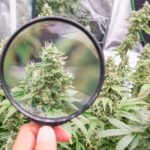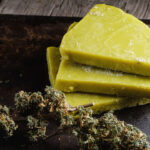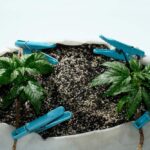The Best Fluffy Pancakes recipe you will fall in love with. Full of tips and tricks to help you make the best pancakes.
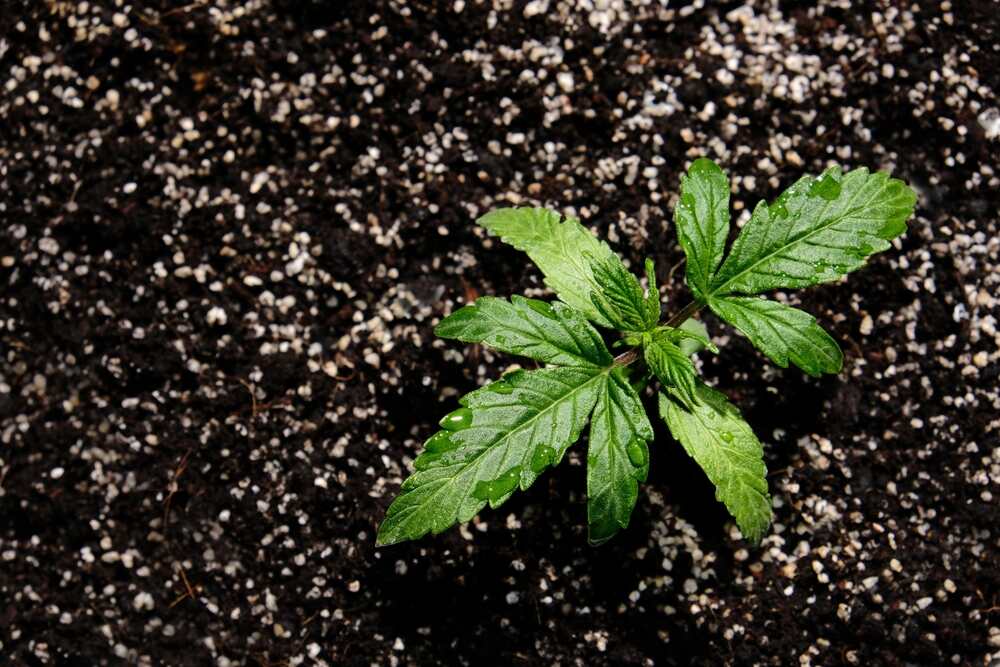
What is the Best Soil to Grow Cannabis?
When it comes to growing cannabis, the soil you use is like the foundation of a house. Get it right, and your weed plants will thrive, growing big, healthy, and full of life. But if your soil isn’t up to scratch, your plants could struggle, and nobody wants that. In this guide, I’ll walk you through the best types of soil to grow cannabis, how to customize it, and which mixtures work best for different growing methods. Whether you’re growing indoors, outdoors, or using a more organic approach, this is the info you need to know.
Understanding Cannabis Soil Basics
Let’s start with the basics—understanding what your cannabis plants need from their soil. You’re basically creating a mini ecosystem where your plants can get all the nutrients, water, and oxygen they need to flourish.
What cannabis plants need from soil
At its core, cannabis soil should provide three key things: nutrients, water retention, and good drainage. The roots need to breathe while also having access to plenty of water, but not too much that they drown. It’s a bit of a balancing act.
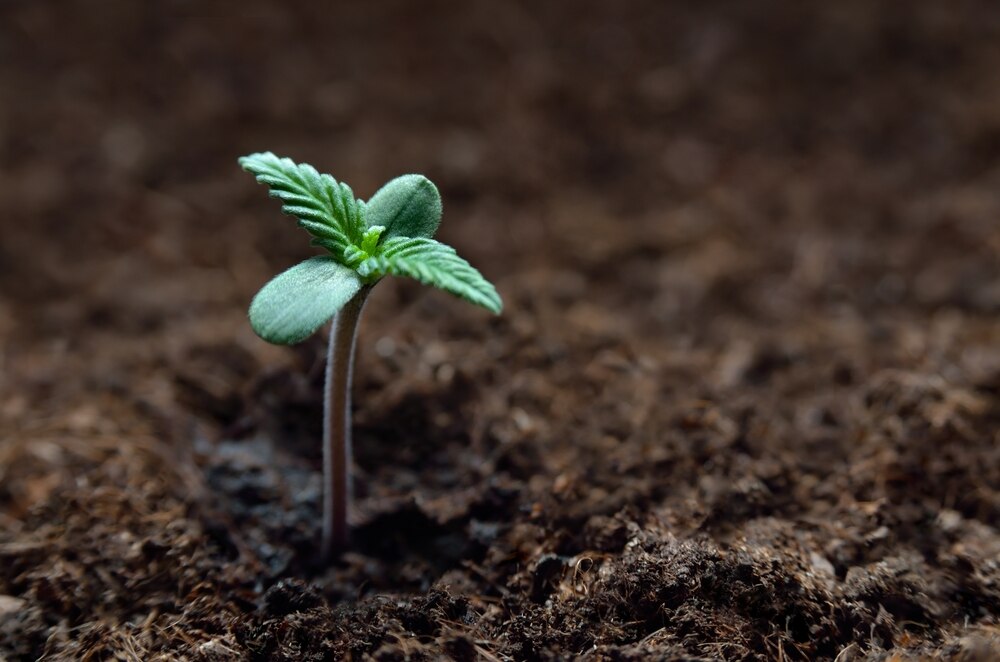
Key elements of a good cannabis soil
Here’s what makes for a good soil mix:
- Texture: You want soil that’s light and fluffy, which allows roots to spread easily.
- Nutrients: Your soil should contain nitrogen, phosphorus, and potassium—the big three for cannabis growth.
- pH balance: The pH level should be between 6.0 and 7.0. Too far off that and your plants won’t absorb nutrients properly.
How soil affects cannabis growth and yield
The better your soil, the bigger your buds, plain and simple. Good soil gives your plants a strong start, leading to better yields and healthier plants. On the flip side, poor soil can stunt growth, make your plants weak, or even kill them.
Types of Soil for Growing Cannabis
You’ve got options when it comes to soil types, but not all soils are created equal. Each type has its pros and cons, so let’s break down the most common ones.
Organic soil
Organic soil is packed with natural nutrients and is great if you want to grow cannabis the old-school way. It’s eco-friendly and helps your plants develop a rich terpene profile, enhancing flavor and aroma.
Super soil
Super soil is basically organic soil on steroids. It’s preloaded with all the nutrients your cannabis plants will need from seed to harvest. You won’t need to add much in the way of fertilizers.
Loamy soil
Loamy soil is a blend of sand, silt, and clay. It’s one of the best types of soil for cannabis because it offers great water retention and drainage while also being rich in nutrients.
Sandy soil
Sandy soil is good for drainage but doesn’t hold onto nutrients very well. You’ll need to add extra organic matter like compost to it.
Clay soil
Clay soil holds water well, but it doesn’t drain fast enough. Cannabis roots might get suffocated in heavy clay soil, so it’s not the best option unless amended.
Silt soil
Silt soil is rich in minerals and nutrients but can compact easily. This can make it tough for cannabis roots to spread out and breathe.
Peat-based soil
Peat-based soil retains water and nutrients but can become too acidic for cannabis plants over time, so you’ll need to keep an eye on the pH.
Soilless mediums like coco coir and perlite
Technically, these aren’t soils, but they’re popular with cannabis growers. Coco coir and perlite offer excellent drainage and are often mixed with soil to improve texture and root aeration.
Customizing Soil for Cannabis
If you want to give your plants the best possible growing environment, customizing your soil is the way to go. This allows you to tailor the mixture to your plants’ specific needs.
Importance of pH levels in cannabis soil
The pH of your soil determines how well your plants can absorb nutrients. Cannabis thrives in soil with a pH of 6.0-7.0. Too far out of this range, and your plants won’t be able to take up key nutrients, even if they’re present in the soil.
Adding nutrients and fertilizers to soil
As your plants grow, they’ll need more nutrients. Adding organic fertilizers like compost, worm castings, or bat guano can give your soil a boost. I usually go for slow-release organic options so my plants get a steady supply of nutrients over time.
Balancing water retention and drainage
You want soil that holds water but doesn’t stay soggy. If your soil is too compact, add something like perlite or vermiculite to improve drainage. If it dries out too fast, mix in a little coco coir or peat moss.
How to amend soil for better cannabis growth
Sometimes, your soil just needs a little tweak. You can amend soil by adding organic matter, adjusting the pH, or boosting it with extra nutrients. If you notice your plants are looking a little sad, a soil amendment could be all they need.
Best Soil Mixes for Different Growing Methods
Different growing methods require different soil setups. Here’s what I recommend for each method.
Soil for indoor cannabis growing
For indoor growing, you want a light, airy mix with good drainage. I usually mix potting soil with coco coir and perlite to get the right balance. This keeps the roots happy and the environment controlled.
Soil for outdoor cannabis growing
Outdoor growing usually requires heavier soil since plants will be exposed to the elements. A good mix of loam, compost, and perlite works well outdoors, giving the plants the stability they need while still draining well after heavy rains.
Soil for organic cannabis growing
If you’re growing organically, stick with super soil or rich composted organic soil. The more natural and nutrient-dense, the better your plants will taste and smell.
Soil for autoflowers
Autoflowers need light soil that drains quickly since they grow so fast. A mix of potting soil with extra perlite or coco coir works wonders for these little guys.
FAQ:
What is the best soil for cannabis indoors?
Use a mix of potting soil, coco coir, and perlite for good drainage and airflow.
What is the best soil for growing cannabis outdoors?
A blend of loam, compost, and perlite works best for outdoor cannabis.
Can I reuse cannabis soil?
Yes, but you’ll need to amend it with fresh nutrients and check the pH before reuse.
How do I make super soil for cannabis?
Mix organic materials like compost, worm castings, and bone meal for a nutrient-rich super soil.
Do cannabis plants grow better in soil or soilless mediums?
Cannabis grows well in both, but soil is easier for beginners, while soilless mediums offer more control.
Choosing the right soil is key to growing great cannabis. Whether you’re going organic, growing indoors, or planting outdoors, the right mixture of nutrients, drainage, and texture will make all the difference. Now that you know what’s what, go ahead and get your hands dirty—you’ve got this!


